Despite being one of America’s best-known tourist (and wine drinking) destinations, Napa Valley still offers plenty of discoveries and surprises for travelers. These surprises are everywhere you go and pop up when you least expect it, like finding a Pokemon Go character you did not anticipate seeing.
Here are seven hidden treasures of Napa Valley, which you may wish to seek out the next time you go there:
- The Benny Bufano statues at Robert Mondavi Winery
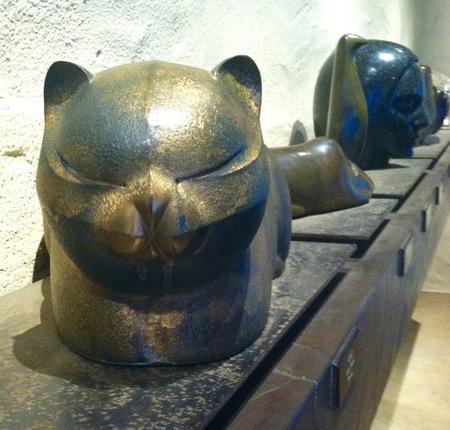
This being the fiftieth anniversary of the birth of this landmark Oakville winery, tourist buses and limos descend upon it daily. It’s hardly an undiscovered place. But there is a small, sheltered, out of the way spot that many tourists miss; it’s a gallery toward the back of the magnificent Cliff May-designed building and it’s devoted to the art of Benny Bufano. Bufano was a fine California sculptor of his time and the Mondavi has a world-class collection of his work, with pieces all around the winery (including the St. Francis statue you see as you drive in) but especially here. His sculptures of a penguin, bear and a cat with a Garfield-like expression are a delight; it’s like you’ve wandered into a little bronze and marble zoo.
While you’re there: Try a glass of the Mondavi fumé blanc. It’s a light and flavorful summer white wine and the idea for it originated from Robert Mondavi himself, who wanted to create a California and American answer to the French Sauvignon Blanc.
- The well inside Oakville Grocery
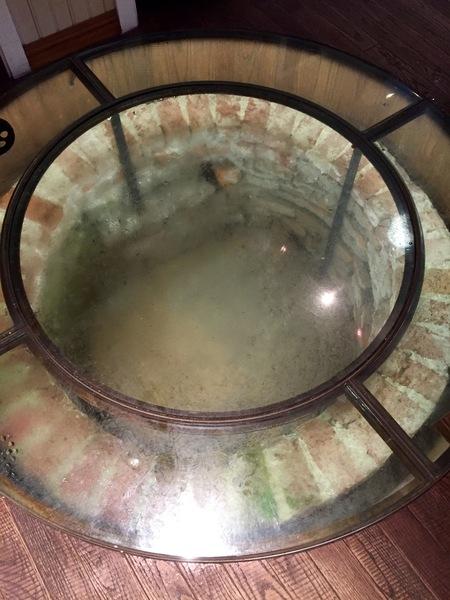
While you’re there: Grab lunch. Or at least an espresso and pastry. You’re going to need ballast if you’re planning to wet your sails with wine during the day. Two more good gourmet food shops are Dean & DeLuca in St. Helena and the wonderfully old and authentic Napa Valley Olive Oil Company on Charter Avenue, also in St. Helena.
- Abraham Lincoln’s head
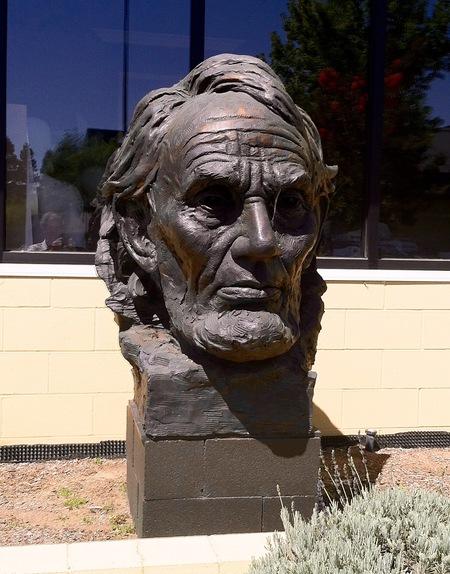
While you’re there: The busts are in the same neighborhood as the Meritage Resort and the Grape Crusher Statue, the gateway monument for travelers entering the northeastern side of the valley. Both are worthy stops. Also worth checking out: the tiny nearby 300 SL Museum that has Mercedes Benz 300SL Gullwing sports cars on display.
- Oxbow Commons
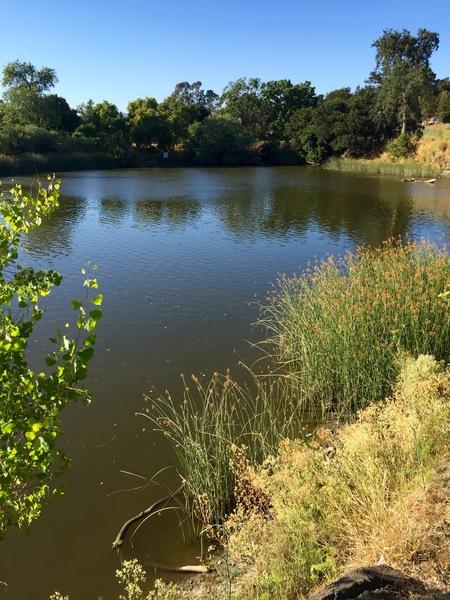
While you’re there: There are many places to eat, drink and shop at Oxbow, including the recently expanded Napa Bookmine bookstore. Stop at the Hog Island Oyster Bar and belly up to a plate of oysters or the rustic seafood stew ($20). Hog Island farms oysters on Tomales Bay on the California coast, and the oysters they serve taste like they’ve been pulled out of the water that morning, which, mostly, they have.
- André Tchelistcheff’s living memorial
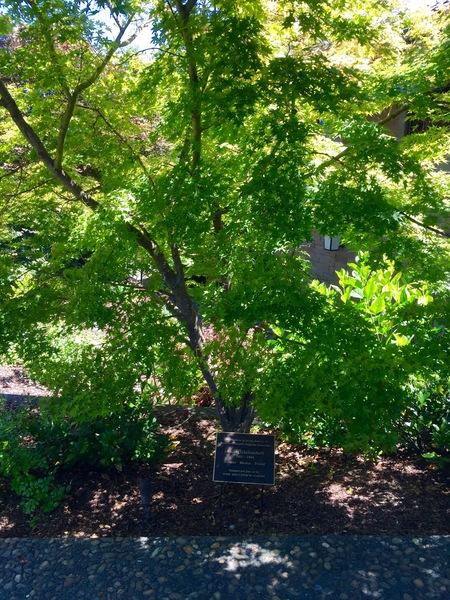
While you’re there: Perhaps step into that tasting room and see what the modern winemaking heirs of Tchelistcheff are up to (he died in 1994, at age 92); BV’s Maestro Collection of wines is named after him. Also, the Rutherford Grill is a choice spot for a meal; the barbecue pork ribs with Texas Hill Country BBQ sauce makes you feel only pity for vegetarians who never engage in such pleasures.
- The Codorníu posters at Artesa
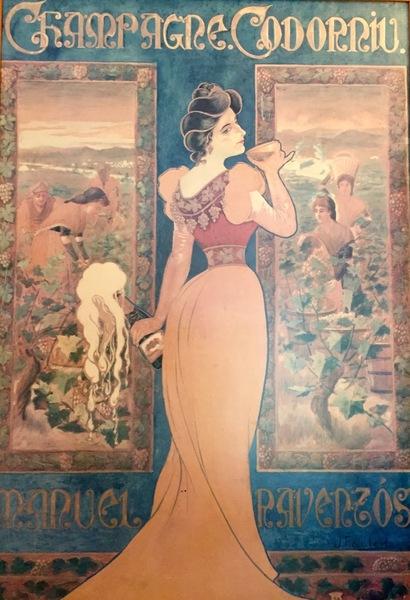
While you’re there: Artesa makes wines with a Spanish flair. Two worth trying are the Albarino, a light, citrus-y white like a Pinot Grigio, and a dark cherry-flavored red Tempranillo. Artesa sources the grapes for the wines from the luscious surrounding Carneros vineyards and Sonoma County. It also makes sparkling wine, or cava in Spanish.
- Martha Van De Leur’s roses

As you’re strolling Washington you’ll pass by a little park that like so many hidden treasures, is easy to overlook. It’s named after Martha Van De Leur, who was a beloved elementary schoolteacher and principal in Yountville long before Thomas Keller came to town and made it a mandatory stop for foodies. Besides teaching, Van De Leur loved gardening, and some of the pink climbing roses she planted decades ago are still visible along the fence in the park. There’s a boulder and plaque that points out where the roses are. In the center of the park is a fountain dedicated to Yountville’s firefighters who, in the first century of the town’s existence, were all volunteers.
While you’re there: Be sure to stop at the French Laundry garden just down from the park. It’s across the street from the restaurant and this is where they grow many of the fruits and vegetables they serve there. There’s a greenhouse, and you can walk down colorful rows of tomatoes, pumpkins, corn and flowers. There are chairs and a bench under shade trees, and it’s a pleasant place to rest up before you start out again in search of more hidden treasures.
Kevin Nelson writes for The Preiser Key wine guide of Napa Valley and Sonoma and his latest book, Foodie Snob, will be published in 2017 by Lyons Press.

